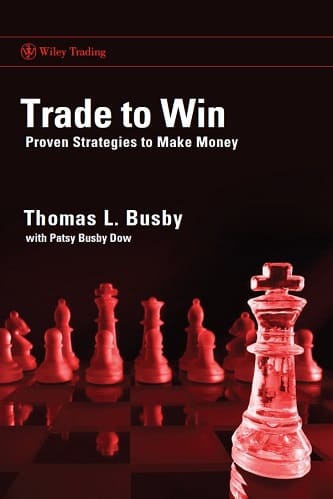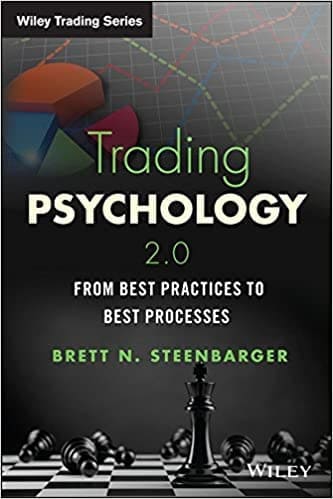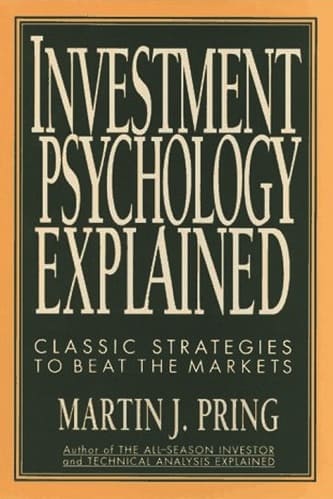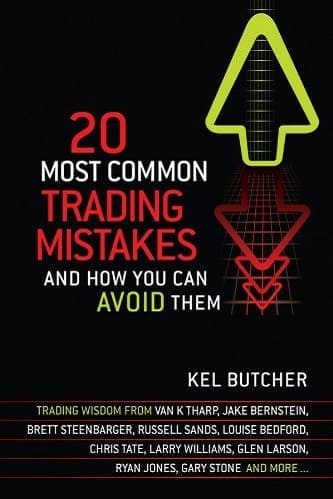Articles
Trading Vs. Forecasting: What’s The Difference? By Tyler Yell
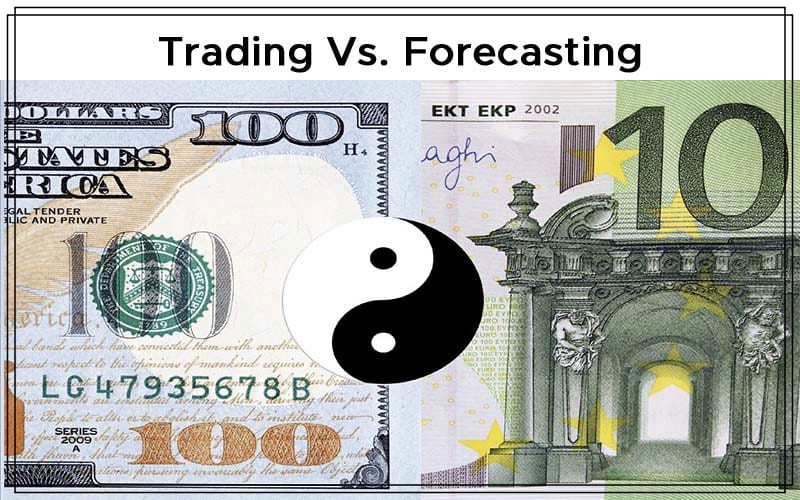
Trading is about recognizing present opportunities where the risk-to-reward is favorable. Forecasting, on the other hand, is outcome dependent. Find out how you can use both and take advantage of those opportunities. most of us are conditioned to make all our trading decisions based on what we see on the hard right side of a chart. When you look at a chart, price movement that occurred in the past may look like it had only one likely outcome. But when you look at a chart in real time, you don’t know what the outcome will be. There could have been multiple scenarios, and credible people will argue for price to move in completely different paths from a specific point.
Price charts and potential outcomes often play cruel tricks on the brain. Trading, on the surface, is similar to a casino in that it informs you of the prize of a low-probability outcome while the quantitative edge that the casino holds is purposely hidden from you. Just as the blackjack player thinks about the number of ways to hit 21, often blind to the hundreds of ways to go bust or have the dealer beat you, traders often think of a favorable outcome instead of thinking about what can go wrong. Traders who are confident in their market forecast often focus narrowly on their outcome materializing, instead of focusing on the data and validating their proposed outcome.
WHERE FORECASTERS GET IT RIGHT AND WRONG
Philip Tetlock, who has a new book out titled SuperForecasters, recently brought to light a great analogy of common forecasting personalities. He explains it well in his prior book, Expert Political Judgment:
The intellectually aggressive hedgehogs knew one big thing and sought, under the banner of parsimony, to expand the explanatory power of that big thing to “cover” new cases; the more eclectic foxes knew many little things and were content to improvise ad hoc solutions to keep pace with a rapidly changing world.
Bringing this analogy to trading, you would likely be better served by adding incoming data to see if your outcome is more or less likely to come to fruition as opposed to putting your head in the sand, hoping you are proven right.
Another rock star in the world of nonmarket forecasting is Nate Silver, who predicted the outcome of the 2008 US presidential election with far more accuracy than highly paid political forecasters. He attributes his methodology of forecasting to Bayes’ theorem, an algorithmic approach for which its namesake is an 18th-century pastor. Bayes’ theorem opines that recently available evidence should be used to bring down or bring credibility to an outcome. Nate Silver’s model used individual states’ high-credibility polls in the 2008 election to predict the likelihood of the winner and updated his forecast the night of the elections as individual state outcomes were being announced.
The trading equivalent to this is to look for obvious failures toward your desired outcome developing in real time. An Elliott wave–based trader will consider invalidations of a primary market view as casting doubt or outright invalidating his forecasts. The point here is that you should not be married to any one outcome but be flexible with your outlook, because markets appear chaotic in real time.
In Michael Toma’s informative book The Risk Of Trading: Mastering The Most Important Element In Financial Speculation, he walks traders through the process of identification, assessment, control, measuring, and monitoring of trading risks. The purpose is to show traders that when trading, there is more to risk management than placing a stop-loss. Similarly, traders would likely be better served by focusing on how their forecast could be nullified as opposed to validated.
The desire to avoid a loss is understandable, but the unwillingness to accept a loss is futile.
CLASH OF TRADING & FORECASTING
When looking at the present, a new thought often creeps into your mind as a trader. First, you think if I can only figure out the future I will be able to avoid a loss and book a profit. Daniel Kahneman’s prospect theory from his book Thinking Fast And Slow states that people (traders included) emotionally prefer to avoid losses than achieve gains.
Unpacking this finding further, traders will often hold onto forecasts and hope that it will prove true so they do not have to take a loss. While the desire to avoid a loss is understandable, the unwillingness to accept a loss is futile. To avoid such a fallacy, you are probably better off holding your strong opinions or forecasts with consistent pessimism. In other words, hold your strong opinions weakly so that you do not find yourself overrelying on an assumed outcome that doesn’t take place.
You can be incorrect in forecasting but place a good trade, and you can be good at forecasting but poor at trading.
MARRYING THE TWO WORLDS OF FORECASTING & TRADING
Businesses are fond of making a premortem prior to major projects. A premortem is an explanation of potential causes of failure for an important project. As you can imagine, the goal of the premortem is to think outside of the “hedgehog view” so that you may act accordingly before the start of the real project.
Suggested Books and Courses About Psychology and Risk Management
In trading, a premortem will hopefully cause you to trade smaller or use less leverage than you might have otherwise done with a more confident but likely flawed forecast. Second, a premortem may help you identify where, as a trader, you may want to flip your bias and potentially your exposure. Either way, optimism surprisingly has little room in a trader’s career.
Mark Spitznagel, the hedge fund manager and former head trader for Naseem Taleb, notes in his book The Dao of Capital that to survive, you must learn to “hate to win, love to lose.” As a multibillion-dollar hedge fund manager, he obviously needs profits to attract new investors. Spitznagel is driving home the point that staying in a losing position is the quickest way out of the business. In addition, poor forecasting or overreliance on your market forecasting methods is one of the quickest ways to convince yourself to stay in a bad position.
LITTLE BETS
Many traders come to the market with a perverted view of their likely success. In other words, it is common for them to look at stories on financial news networks regarding the one big trade that made someone’s career like betting on subprime mortgages in 2003 or betting against them in 2007. However, the one big bet can often turn into one big loss, since few things unfold in a straight line.
Instead of placing one big bet, a better approach would be to place multiple small bets. Sure, if your one big bet is large enough and you come out on the winning side, someone may write a book about you, but the likelihood of that is understandably small. As a trader looking for double-digit returns year over year, the better approach is often to manage your downside aggressively, while strategically looking for a multi-percentage move in the direction of a shorter-term forecast, which of course, can still be wrong.
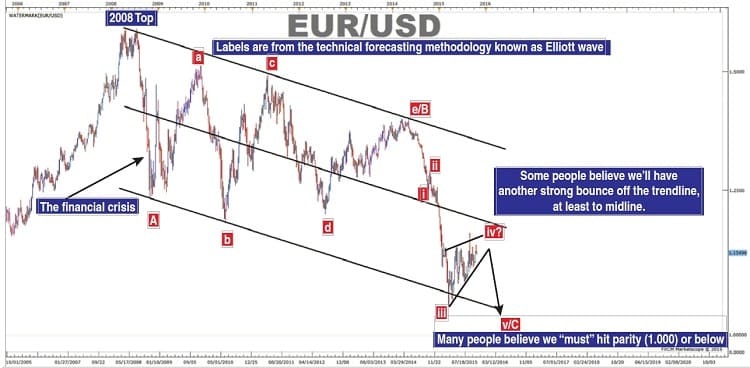
FIGURE 1: WHICH WAY IS THE EUR/USD HEADING? There are often compelling views that the market will go higher or lower but only one of these forecasts will be proven correct. Here, some traders may have reason to believe that price will have another strong bounce off the lower channel line whereas others may feel that prices will break below that lower channel line.
The chart in Figure 1 shows the EURUSD, the most heavily traded currency pair in the spot forex market. My role at DailyFX gives me exposure to a myriad of the top-tier investment bank (sell-side) research that makes very compelling cases for their well-researched views. That said, there are often compelling views that the market will go higher or lower. Only one of these forecasts will be proven correct, although in a sideways market, both could be correct, revealing the need for combining risk management with forecasting.
SUMMARY
Learning how to forecast and finding an accurate trading method should play a separate role from learning how to trade. Forecasting is outcome dependent, and the road toward the realized outcome is often full of unpredictable developments. Trading is about recognizing present opportunities where the risk–reward tradeoff is presently favorable, and taking advantage of those opportunities. Ironically, yet importantly, you can be incorrect in forecasting but place a good trade, and likewise, you can be good at forecasting but poor at trading. The latter is surprisingly common.
Regardless of your method of forecasting, recognizing a good risk–reward trade setup as per your preferential trading methodology is crucial. It is best to avoid the mistake of believing the market must end up at a certain juncture a week, month, or quarter from now and overexposing your account on that hope. Rather, it is best to use a forecast as a springboard for entering the market and then analyzing how the market is reacting to your forecast to see whether or not more weight should be given to that outcome coming to fruition. Trade (as opposed to forecast) well.

